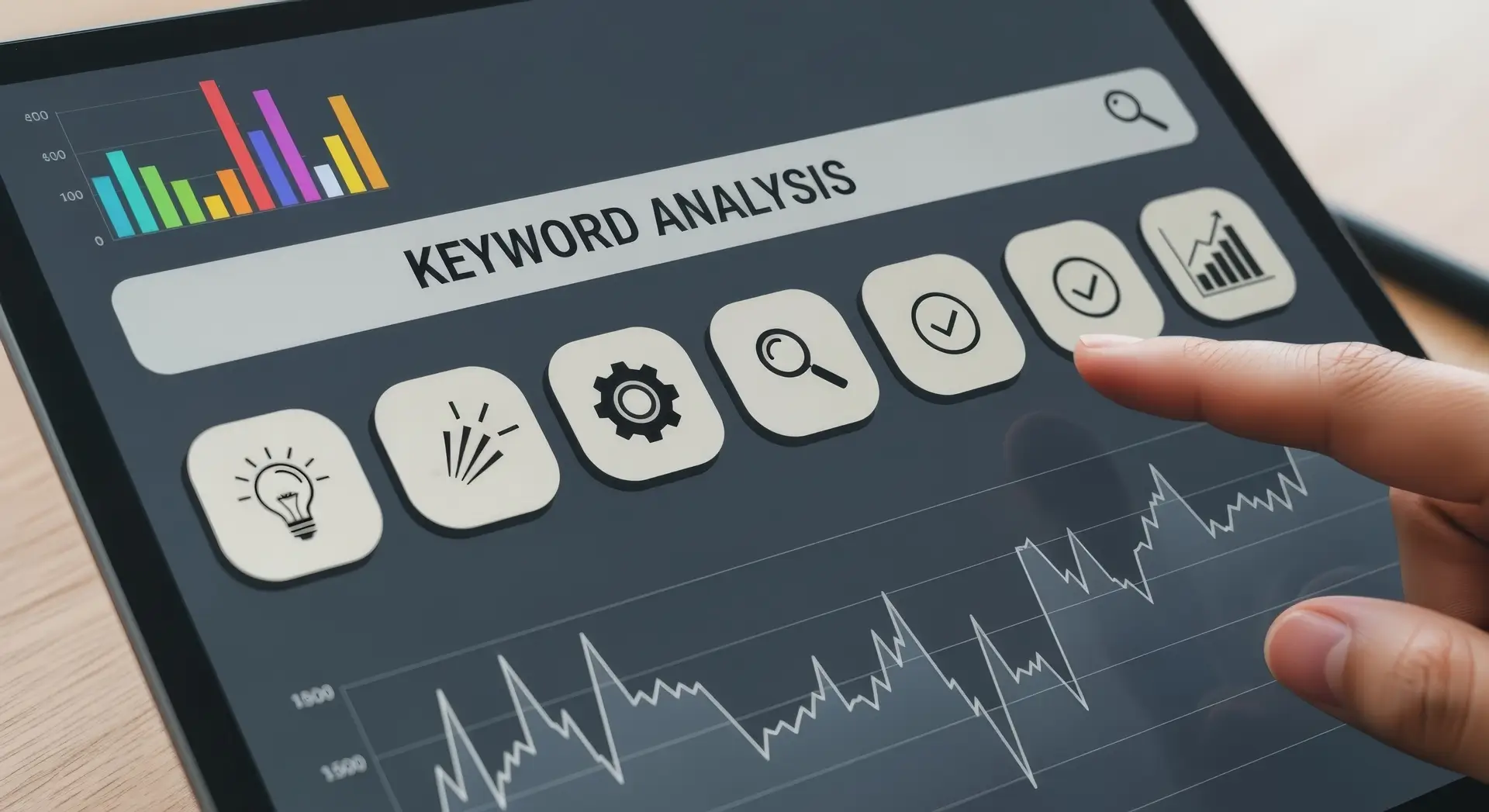E-commerce website development is essential for any online business aiming to stand out today. We’ll provide a clear, well-researched, and engaging walkthrough to help you make informed decisions.
Whether you’re a founder exploring options or comparing e-commerce website development services. This post delivers valuable insights for a strong start.
Ready to Build an Online Store That Sells?
Partner with our expert e-commerce website development team to create a high-performance, mobile-friendly store that drives traffic and boosts conversions.
Get Your Free Consultation Today!
Understanding E-commerce Website Development
This section defines the scope of e-commerce website development.
- Primary objective: Build a site that sells, supports, and scales.
- Key components: Frontend, backend, integrations (payments, shipping, CRM).
- Roles involved: Developers, designers, marketers, testers, and project managers.
BigCommerce describes ecommerce development as creating both the visible storefront and the underlying systems. That process data, payments, and orders
Choosing the Right Platform for E-commerce Website Development
Selecting the optimal platform is a key early step. You have three options:
- SaaS platforms (Shopify, BigCommerce, Wix, etc.)
- Open source/self-hosted (Magento, WooCommerce)
- Headless/composable solutions
1 SaaS Benefits
Fast setup, built-in hosting, PCI compliance, and ongoing updates. BigCommerce is noted for balancing out-of-the-box features with customization
2. When to Choose Open Source
You gain control and extensibility, but you need to provide your own hosting and maintenance.
3 Headless Commerce
Offers freedom in frontend design and integrations. But requires strong development skills.
Explore solutions like custom web development when predefined platforms aren’t enough
Designing for Users and Mobile
1 UX Principles
The first paragraph should highlight user-friendly navigation, clear calls-to-action (CTAs), and an intuitive checkout. Visual appeal, substance, and performance are key.
2 Responsive Design
Ensuring mobile responsiveness is essential. Explore responsive web development services for building mobile-friendly designs.
3 Brand Experience
Align fonts, colors, imagery, and tone. UX isn’t just about usability. It’s about building trust.
Use responsive web development services to ensure mobile and tablet compatibility.
Development Phases & Workflow
1 Planning & Discovery
Start with business goals, product strategy, buyer personas, and competitor analysis. HubSpot recommends creating buyer personas and testing them with real customers.
2 Wireframes & Prototyping
Use tools like Figma or Sketch to structure content and page layouts.
3 Development & CMS
Frontend development integrates design with HTML/CSS/JavaScript. Backend connects with databases, APIs, and ERP/CRM systems. You might use web app development or php web development services to build custom functionality.
Split into frontend and backend. Use technologies aligned with your platform. For backend logic, you may need php web development services.
4 Content & SEO
Write descriptive titles, product descriptions, metadata, alt text, and schema. Begin each paragraph with its key idea to support readability and NLP.
Integration & Backend Architecture of E-commerce Website Development
1 Payment & Shipping Integration
Securely integrate with providers like Stripe, PayPal, UPS, and FedEx.
2 CRM & Marketing Tools
Connect with CRMs such as HubSpot or Salesforce for abandoned cart workflows and email marketing.
3 Inventory Management
Synchronize stock levels in real-time for multi-channel sales. Integrate with your POS system for unified inventory control
Manage stock, returns, and warehousing using robust backend setups such as those seen in web app development.
Launch, Testing & Security
1 Testing
Conduct thorough checks: functionality, performance, security vetting, and user testing.
2 Security & Compliance
Ensure SSL/TLS, PCI compliance, regular backups, and DDoS protection.
3 Post-Launch
Monitor analytics, fix issues, and optimize speed and UX.
Maintenance & Scaling
1 Ongoing Optimization
Continuously update content, conduct A/B testing, and improve load times/performance.
2 Scaling
Plan for future growth. Consider adding new features, international sales, multi-currency support, and headless architecture.
3 Analytics & Personalization
Use tools like Google Analytics or BigCommerce reports to inform product strategy
Choosing an E-commerce Website Development Company
If you’re looking for a provider, consider:
- Portfolio and reviews: brands, industries, and case studies
- Technical expertise: in API integration, responsive design, SEO
- Support structure: guaranteed updates, post-launch support
- Pricing transparency: competitive with clear value
Example Providers
- Firms specializing in responsive web development services
- Agencies offering custom web development solutions
- Teams with PHP-based backend expertise via PHP web development services
Real-World Experiences & Case Studies
1 BigCommerce + Vogue Masterclass
BigCommerce-powered brands like Nordstrom incorporate AR and composable architectures. To enhance the digital experience.
2 HubSpot + Shopify + Printify Integration
This workflow demonstrates rapid setup and smooth product-to-payment processes within hours
Unique Insights on E-commerce Website Development
- AI-driven personalization: Show product suggestions based on behavior and preferences
- Composable storefronts: Use a headless setup to align mobile app UX with site – featured in BigCommerce’s Catalyst vision
- First-party data: Critical for long-term growth; supported in modern platforms like BigCommerce
Ready to Build an Online Store That Sells?
Partner with our expert e-commerce website development team to create a high-performance, mobile-friendly store that drives traffic and boosts conversions.
Get Your Free Consultation Today!
Final Thoughts on E-commerce Website Development
E-commerce website development combines UX, technology, marketing, and scalability. From choosing the right platform to launching and scaling. Every decision shapes user experience and business performance. Partnering with a strong ecommerce website development company or utilizing ecommerce website development services. Especially those skilled in responsive design, secure integrations, and modern workflows. They will set your investment apart. Ready to build your store? Start by planning your architecture and selecting the right partners. Your customers and ROI will thank you.
FAQs
- How long does e-commerce website development take?
Timelines vary, but a simple SaaS build may take 4–8 weeks. Custom or open-source solutions often take 3–6 months.
- How much does it cost to build an e-commerce site?
Prices range from $5,000–$15,000 for mid-range SaaS builds to $30,000+. For custom enterprise setups, depending on features and complexity.
- Should I choose SaaS or a headless setup?
Use SaaS for quicker launches and less maintenance. Go headless if you need full design flexibility across multiple channels.
- What essential features does my e-commerce website need?
You need secure checkout, mobile responsiveness, search and filter tools, product reviews, analytics, and CRM integration.
- Can I add e-commerce to my existing website?
Yes. You can embed shopping carts via plugins like Shopify Buy Button. Also, integrate headless commerce into your current site.




